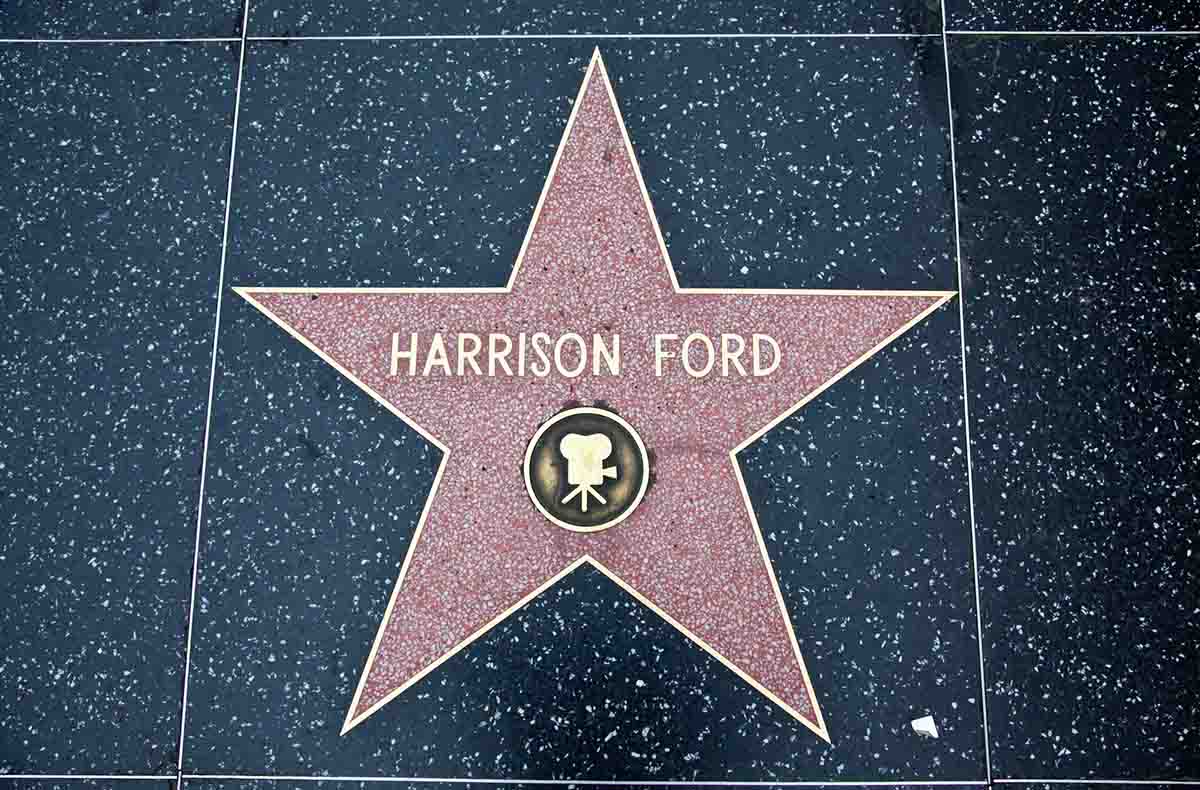
California is battling to capture back its title as the world capital of film production — and Tom Cruise is its wingman.
His mega-hit Top Gun: Maverick — shot in and around San Diego — became the first box office blockbuster since 2019’s Captain Marvel to be shot in the state, which previously dominated filming for decades. Now local authorities hope the high-flying sequel will have grounded a worrying trend.
Financial incentives from other states and countries have lured major films away from California in recent years. Now when Hollywood-based stars go to work, it usually involves traveling by plane rather than limousine. Spider-Man: No Way Home was shot in New York, the Black Panther films are made in Georgia, the new Elvis movie in Australia, the Star Wars sagas in the UK and so on and so on: Tinseltown and the rest of California has lost its position as the home of moviemaking.
With it have gone countless jobs and boosts to local businesses and for one of the world’s largest economies, that’s a big problem. State politicians there have finally realized that the availability of experienced local crews, plenty of studio space and cinematic locations are no longer enough to attract the biggest films. Matching or bettering the financial incentives available elsewhere was the key to halting what’s called “runaway production.”
The solution has been to give up tax revenue charged to these mega movies on the basis that the state will make the lost money back in droves, with filming locations becoming tourist spots and benefits to other area businesses. Top Gun: Maverick was an early beneficiary of increased tax credits brought in as part of a new local government policy to lure back big budget movies. The offer paid off as the film pumped $150 million into the local economy and created 2,820 jobs throughout the state.
That huge economic impact largely prompted California Governor Gavin Newsom to recently ok a big increase in tax credits of $150 million for a series of upcoming films which will shoot locally, including Beverly Hills Cop 4, which brings Eddie Murphy back to his signature role as Axel Foley for the first time in 28 years.
Among the other films getting financial help are Jerry Seinfeld’s new movie project, Unfrosted, and a Jennifer Garner drama, Family Leave. Seinfeld, who will write, direct and star in his film, has always “wanted to come back and shoot [in L.A.] again” since filming the Seinfeld television series, and is grateful that, thanks to the tax credit, he’ll be able “to make [the] whole movie there.”
Equally thrilled, Garner noted: “As an actor, producer and mother, it’s impossible to overstate what shooting locally means to me and other families in this industry. I’ve been lucky to work with some of the greatest crew members here in California and I’m looking forward to reconnecting with some of my hometown friends on this project.”
Tom Cruise is also getting a lot of appreciation for showing the way by filming Top Gun: Maverick in California. A look at the numbers shows just how big a boost that film provided. Almost $4 million spent on lodging (hotels and other accommodation for cast and crew), more than $2 million spent on transportation (including truck and car rentals), nearly $1.5 million spent on catering and other food items and a mighty $6.7 million went on local rentals and purchases for set decoration, production and other supplies.
“Top Gun: Maverick had a very positive impact on our economy, bring production jobs and spending across the state,” said California Film Commission Executive Director Colleen Bell. “In contrast to the 1980s when the first Top Gun was filmed, there is now global competition to host these big budget projects—and receiving incentives is often the deciding factor.
“California is fighting back with a uniquely targeted tax credit program, not to mention being home to the best crews, talent, infrastructure, locations and everything else that makes us the world’s entertainment production capital.”
With local filming now back to pre-pandemic levels, that sounds like a claim California can start to confidently make again — at least for as long as the tax breaks keep coming.



